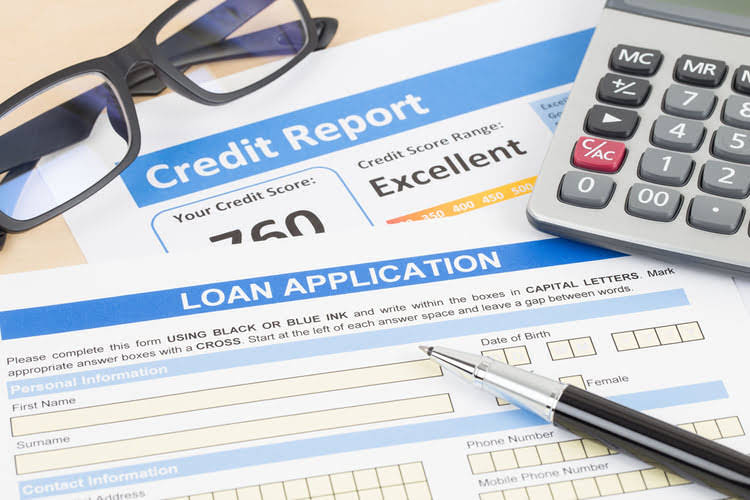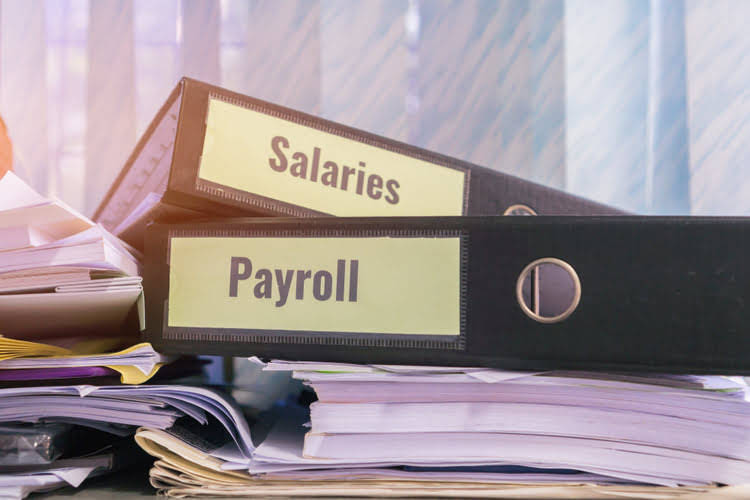Salvage Value Calculator

If the assets have a useful life of seven years, the company would depreciate the assets by $30,000 each year. The company pays $250,000 for eight commuter vans it will use to deliver goods across town. If fixed assets the company estimates that the entire fleet would be worthless at the end of its useful life, the salvage value would be $0, and the company would depreciate the full $250,000. Both declining balance and DDB require a company to set an initial salvage value to determine the depreciable amount. When an asset or a good is sold off, its selling price is the salvage value if tax is not deducted then this is called the before tax salvage value. You can find the asset’s original price if the salvage price and the depreciation rate are known to you with the salvage calculator.

Salvage Value Calculator: Estimate Your Asset’s End-of-Life Value

Tax authorities, like the Internal Revenue Service (IRS) in the United States, impose specific rules regarding depreciation and salvage value. Hence, a car with even a couple of miles driven on it tends to lose a significant percentage of its initial value the moment it becomes a “used” car. Under straight-line depreciation, the asset’s value is reduced in equal increments per year until reaching a residual value of zero by the end of its useful life. The carrying value of the asset is then reduced by depreciation each year during the useful life Remote Bookkeeping assumption.

Understanding After-Tax Salvage Value
This ensures a precise calculation of depreciation expenses, which ultimately impacts the estimated salvage value. Salvage value estimation has been a part of asset management practices for as long as businesses have needed to account for the depreciation of their assets. The concept helps in understanding how much value an asset retains over time and is critical in determining the annual depreciation expenses for financial reporting. From an accounting perspective, it affects companies’ depreciation and amortization expenses.
What Is a Gross Lease and How Does It Work in Accounting?
- If the IRR is less than the required rate of return, the project is unprofitable and should be rejected.
- If a company believes an item will be useful for a long time and make money for them, they might say it has a long useful life.
- Each year, the depreciation expense is $10,000 and four years have passed, so the accumulated depreciation to date is $40,000.
- Residual value is particularly important in automotive and equipment leasing, where it determines the final cost to a lessee if they choose to purchase the leased item.
- When an asset reaches the end of its useful life or becomes economically unviable, businesses must decide whether to sell, scrap, or donate it.
- Though there is no precise formula for calculating an asset’s salvage value, two methods are commonly used in practice.
Salvage value is usually given as a percentage of the asset’s original cost. Residual value is what’s left of an asset’s worth after you’re done using it. In finance or accounting, this concept is crucial for determining depreciation schedules, lease payments, and investment decisions. Also known as salvage value or scrap value, residual value helps businesses and investors understand how much is retained after an asset’s primary use period ends. Book value is the historical cost of an asset less the accumulated depreciation booked for that asset to date.

Improved Decision Making, Reduced Costs, and Increased Profits
- This can enhance the decision-making process and improve the project performance.
- Understanding salvage value is essential for businesses and individuals alike, as it helps in making informed financial decisions.
- In lease contracts, the residual value is used to set the buyout price at the end of the lease term.
- A higher IRR indicates a more profitable project, while a lower IRR indicates a less profitable project.
- The money they get from this breakdown could also be seen as salvage value.
- You should do the required amount of research to arrive at a reasonable salvage value for the assets, and if no data exists, simply assume $0.
Now, you are ready to record a depreciation journal entry towards salvage value the end of the accounting period. A depreciation schedule helps you with mapping out monthly or yearly depreciation. Once you know the salvage value, you may go ahead to calculate depreciation.
How do you calculate an asset’s salvage value?
- This means that the computer will be used by Company A for 4 years and then sold afterward.
- If a company expects that an asset will contribute to revenue for a long period of time, it will have a long, useful life.
- The double-declining balance (DDB) method uses a depreciation rate that is twice the rate of straight-line depreciation.
- This method also calculates depreciation expenses based on the depreciable amount.
- In some contexts, residual value refers to the estimated value of the asset at the end of the lease or loan term, which is used to determine the final payment or buyout price.
Therefore, it is advisable to perform sensitivity analysis and scenario analysis to assess how different values and methods of salvage value affect the NPV and IRR of a project. This can help to identify the key drivers and sources of uncertainty of the project, and to evaluate the robustness and reliability of the results. This can enhance the decision-making process and improve the project performance.

To begin, it is important to understand that salvage value represents the estimated residual worth of an asset at the end of its useful life. This value is crucial in capital expenditure analysis as it factors into the calculation of depreciation and overall return on investment. The tool’s simplicity makes it accessible for both individuals and business professionals, providing quick and accurate estimations for various financial scenarios. The approximate value of assets by the end of their useful life is known as the salvage value of that asset. It is a representation of the actual amount that a company or business could sell its assets for once they are fully depreciated. On the other hand, book value is defined as the value of the asset exactly how it appears on the balance sheet of the company.

